When I first heard there are two number systems In Korean, I was like ‘Oh no!’ In this post I will introduce both of them and try to summarise their different usages together with a cheatsheet PDF summary on the two Korean number systems. As a beginner, instead of being frustrated at not being to tell exactly in which scenario which system should be used, simply remember that all three expressions 하나, 한 and 일 means one is good enough. That will allowed you to understand numbers in any situation. Moving on to intermediate stage, you will get exposed to usages of numbers in day-to-day conversations so much that it comes naturally which system to use. You will get to a stage that 일 시간 sounds super weird, while 한 시간 sounds just right.
The two Korean number systems are pure Korean numbers and Sino-Korean numbers.
Pure Korean numbers
1 to 10 in pure Korean are:
1 – 하나
2 – 둘
3 – 셋
4 – 넷
5 – 다섯
6 – 여섯
7 – 일곱
8 – 여덟
9 – 아홉
10 – 열
After that for 11, it is combining 10 열 with 1 하나 to give 열 하나. Simple?
Once we go up to 20, there is a name for each of the tenths eg 30, 40, 50 etc.
20 – 스물
30 – 서른
40 – 마흔
50 – 쉰
60 – 예순
70 – 일흔
80 – 여든
90 – 아흔
100 (Hundred) is 백. Any numbers above 100 is expressed the same way as Sino-Korean numbers so we can leave it to the next section.
Pure Korean numbers are used in the below scenarios:
1. Counting tangible objects
One chair is 의자 하나
Two cats are 고양이 두 마리
Note: when using a counter eg 개, 마리, 명, Korean numbers 1 to 4 are shortened for easier pronunciation.
하나 -> 한
둘 -> 두
셋 -> 세
넷 -> 네
2. Age
I am twenty two years old.
저는 스물둘 살 입니다.
3. Hours (both in time and unit of time)
It is 3:45pm now.
이제는 세시 사십오분 입니다.
It took 5 hours.
다섯 시간 걸렸어요.
Note that apart from hours, all other units of time are expressed in Sino-Korean numbers including minutes and seconds.
In all other circumstances we use the Sino-Korean numbers.
Sino-Korean numbers
The 1 to 10 in Sino-Korean numbers are
1 일
2 이
3 삼
4 사
5 오
6 육
7 칠
8 팔
9 구
10 십
From 11 onwards, similar to the pure Korean system, we just add the units digit number to the tens digit.
11 십일
12 십이
13 십삼
20 is 이십, 30 is 삼십 etc.
Sino Korean numbers are used with more abstract concepts or a string of numbers. For example telephone numbers, room number, address. In fact it is used in any circumstances not falling into one of the categories of using pure Korean numbers.
From 100 onwards there is no differentiation between the Sino Korean system and the pure Korean system. For example 365 is 삼백육십오.
Want this in a printable PDF cheatsheet and practice your knowledge in Korean numbers with PDF worksheets? Check out our PDF Marketplace!
In the set there are Sino-Korean numbers 1-100 and pure Korean numbers 1-100 cheatsheets as well. Don’t miss out!
Meanwhile check out our Beginner Worksheet Pack has grammar worksheets, reading practices, grammar cheatsheets and exclusive posts on study strategies, all tailored for the beginner level.

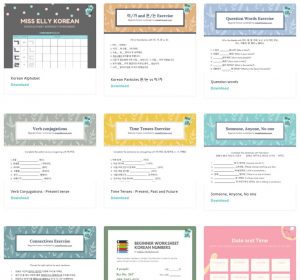

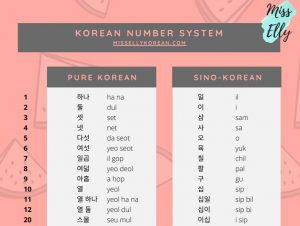
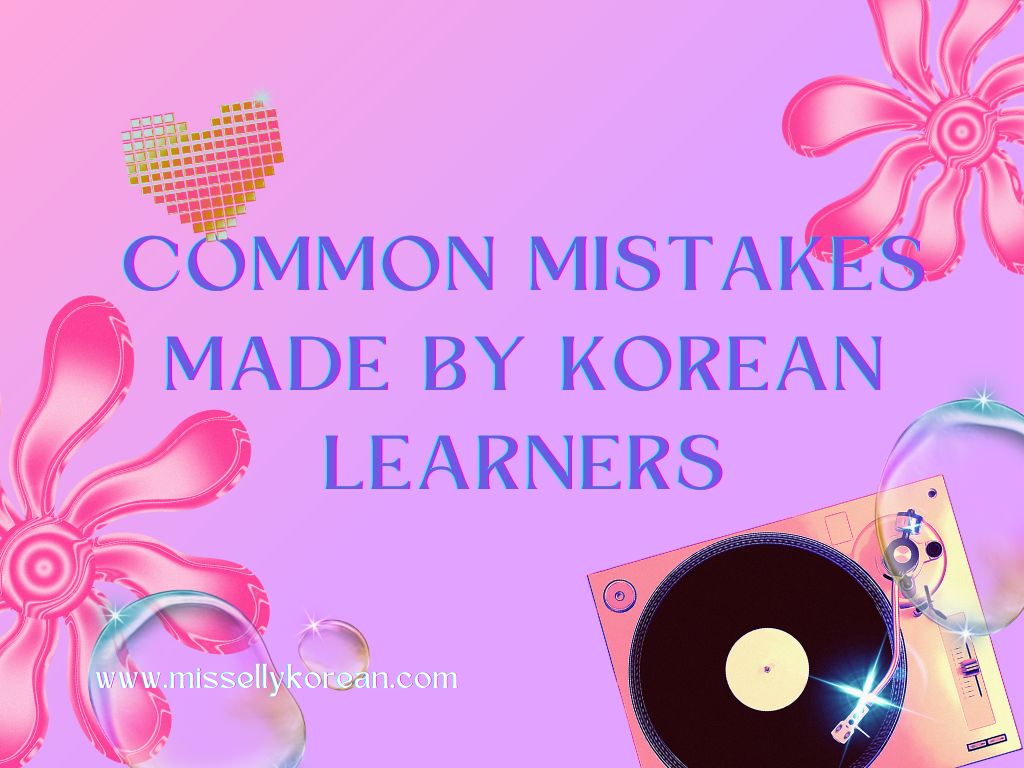

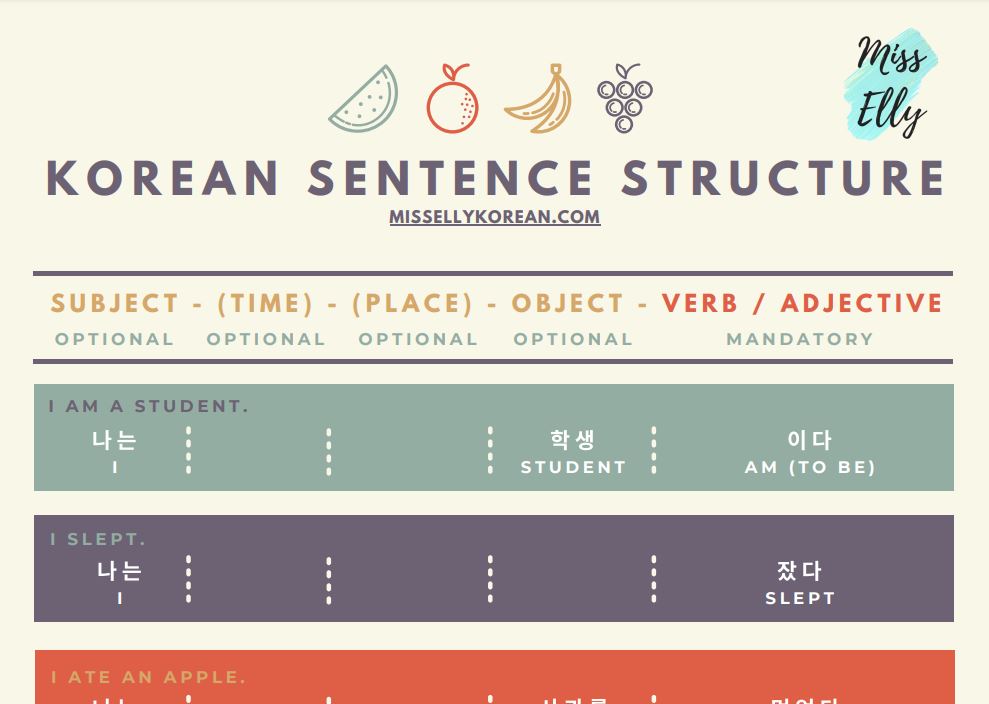
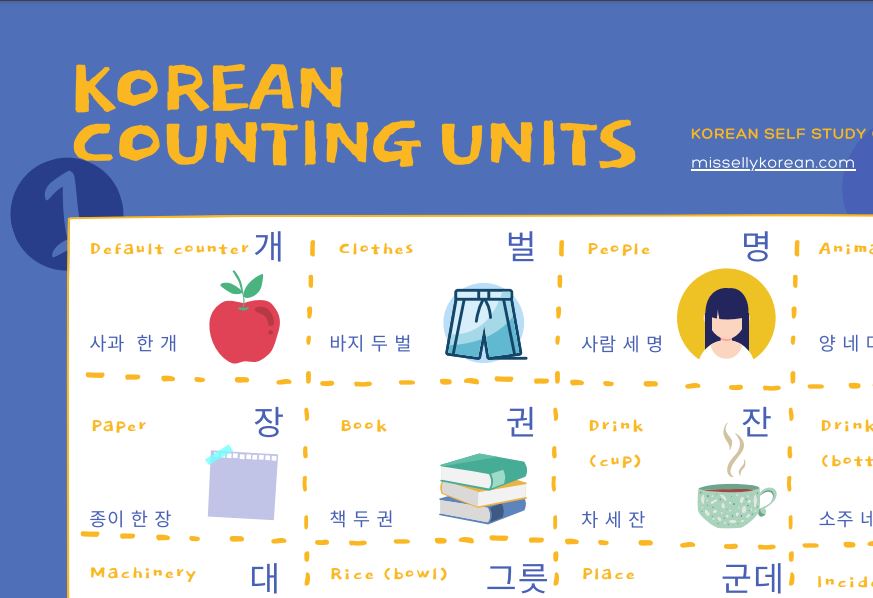
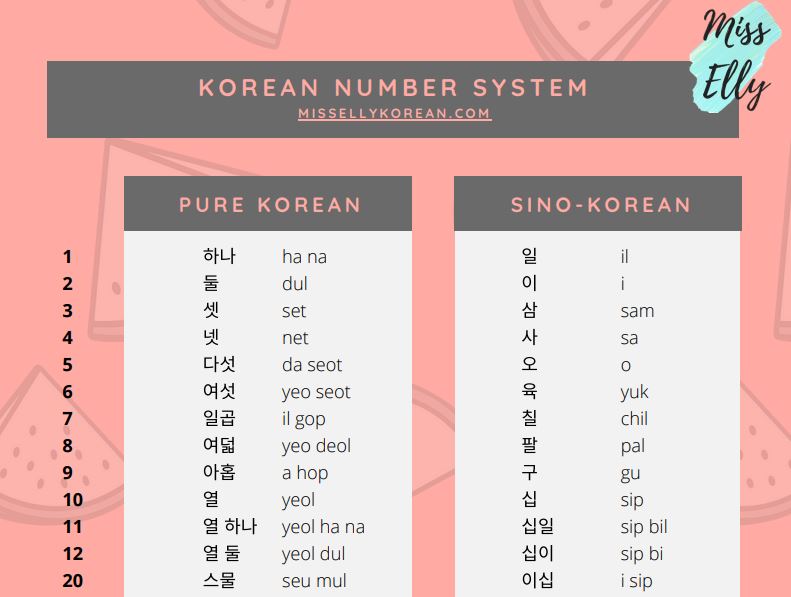
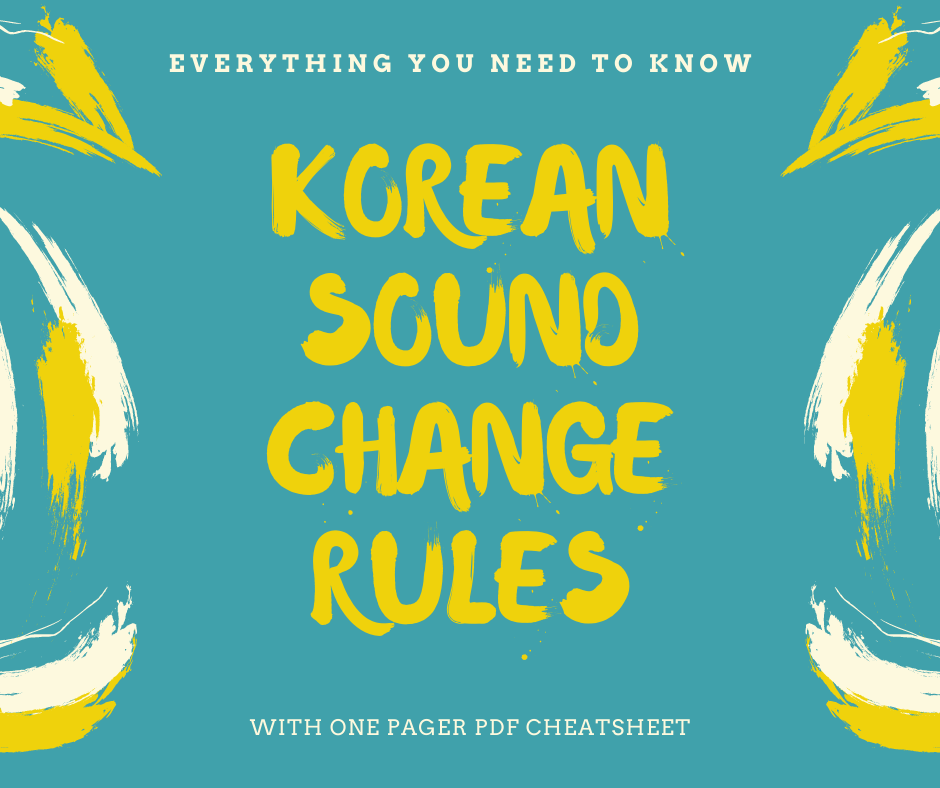
Thank u